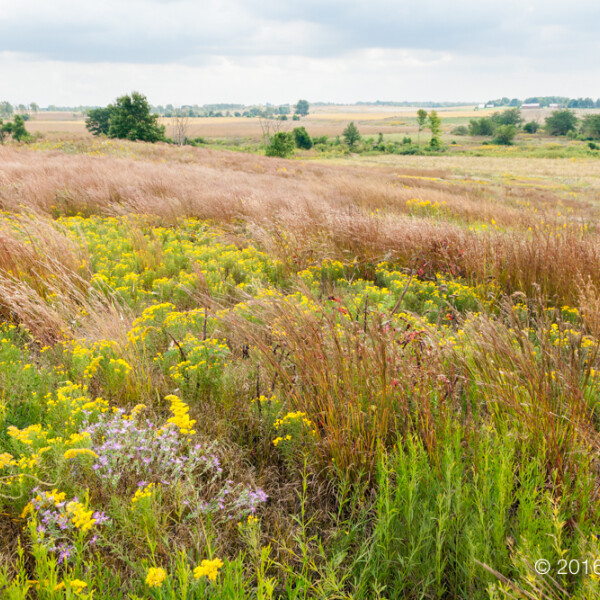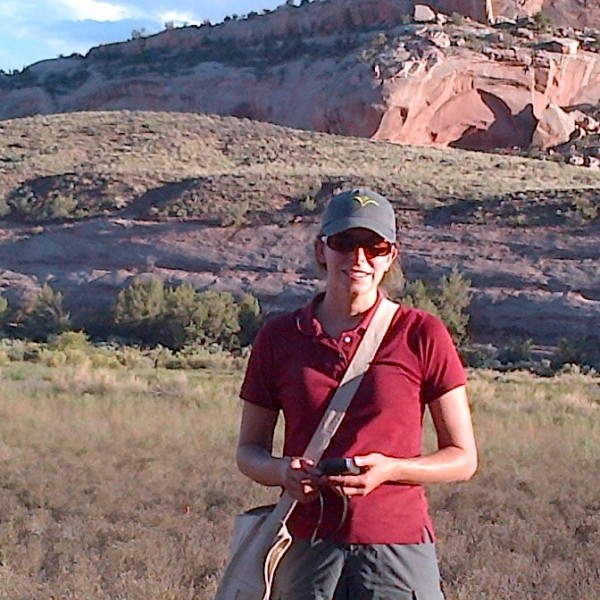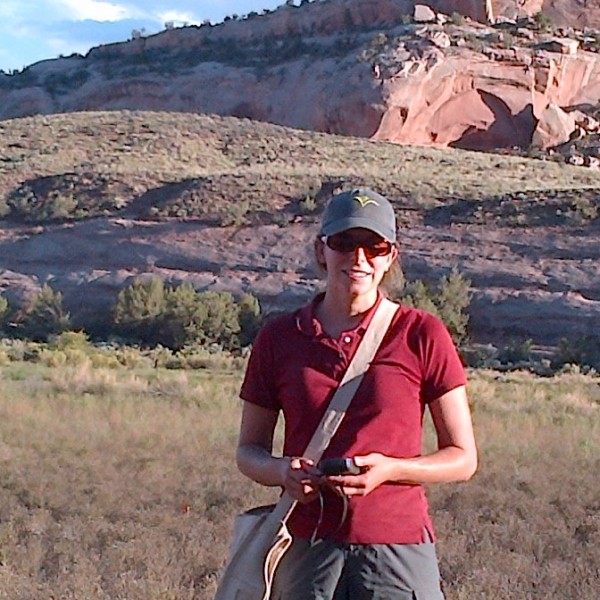
Understanding Trait Variation in Wild and Commercial Little Bluestem (Schizachyrium scoparium) 2024
Chicago Botanic Garden
Ecology, Plant Traits, Natural Areas Management, Restoration
Prairies are significant sources of plant biodiversity in North America. However, these ecosystems have now become one of the most endangered on the planet. Seed sowing is a common tactic used to reintroduce native plants during prairie restoration. The sourcing of these seeds can vary, ranging from wild collections to commercially produced seeds, so in order to effectively restore areas, it is important to understand the differences between these different seed sources. Intraspecific trait variation (ITV) is the differences in plant characteristics for individuals of the same species. It is thought that ITV is important for plant survival and interactions, and it may become increasingly important as plants adapt to a changing climate. However, the extent and mechanisms of ITV are poorly understood. In this experiment, the ITV of Schizachyrium scoparium, a native grass used extensively in prairie restoration and commonly known as little bluestem, will be examined. Through a greenhouse experiment at the Chicago Botanic Garden, ITV will be compared between wild and commercial little bluestem, and a drought treatment will also be applied to determine how stress impacts ITV and if this varies by seed source. The information gained from this research will broaden the understanding of ITV as well as help inform the most effective seed sourcing for restoration.
An REU intern on this project will assist in maintaining the drought treatment by water application and plant monitoring and will participate in data collection throughout the experiment. The intern will spend part of the time on the computer reading to gain background knowledge and developing analysis skills in R. Additionally, there will be an opportunity for the intern to develop an independent project concerning little bluestem traits as well as the potential to participate in fieldwork.




